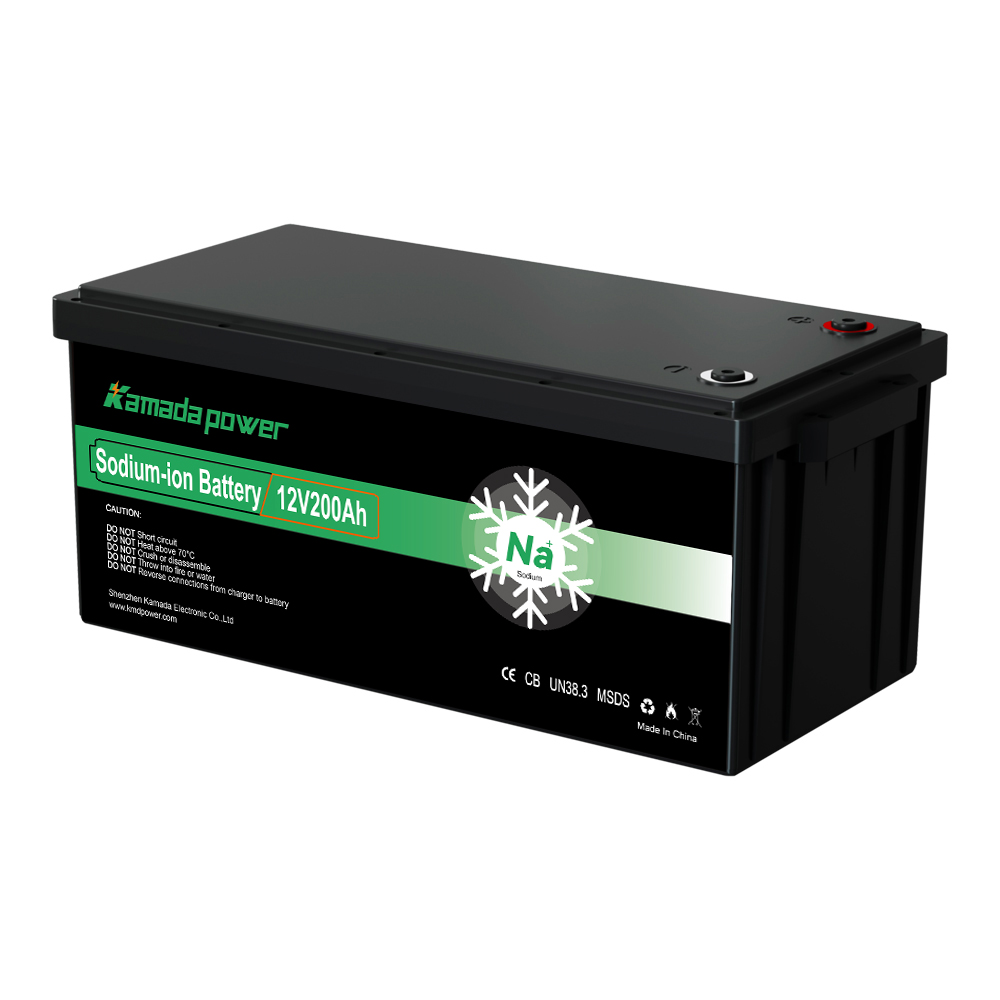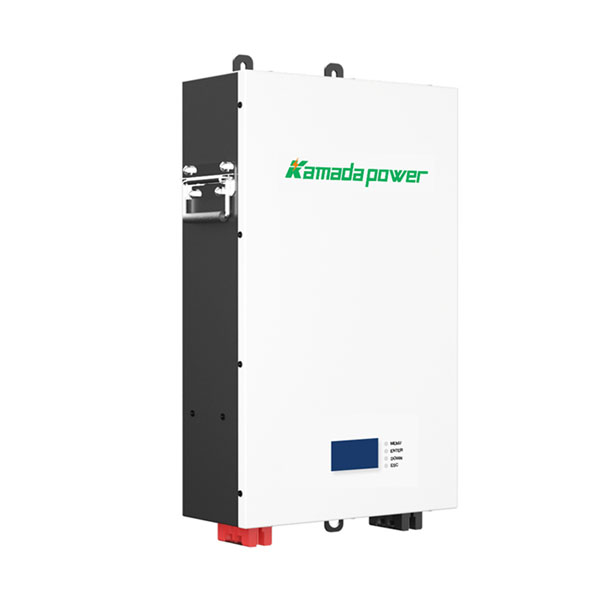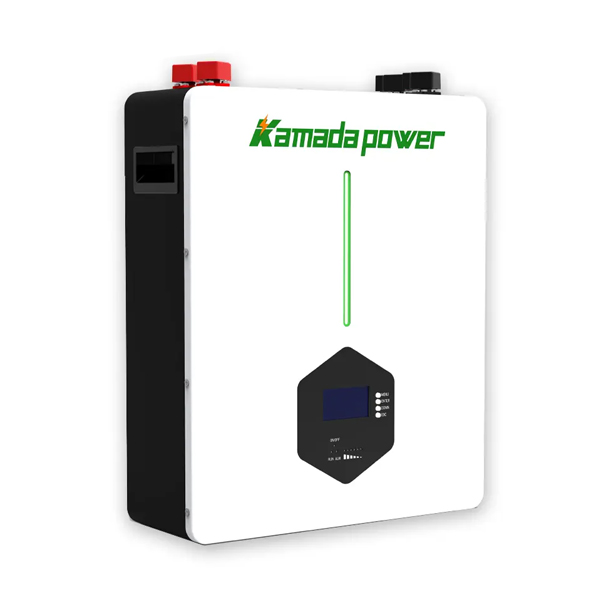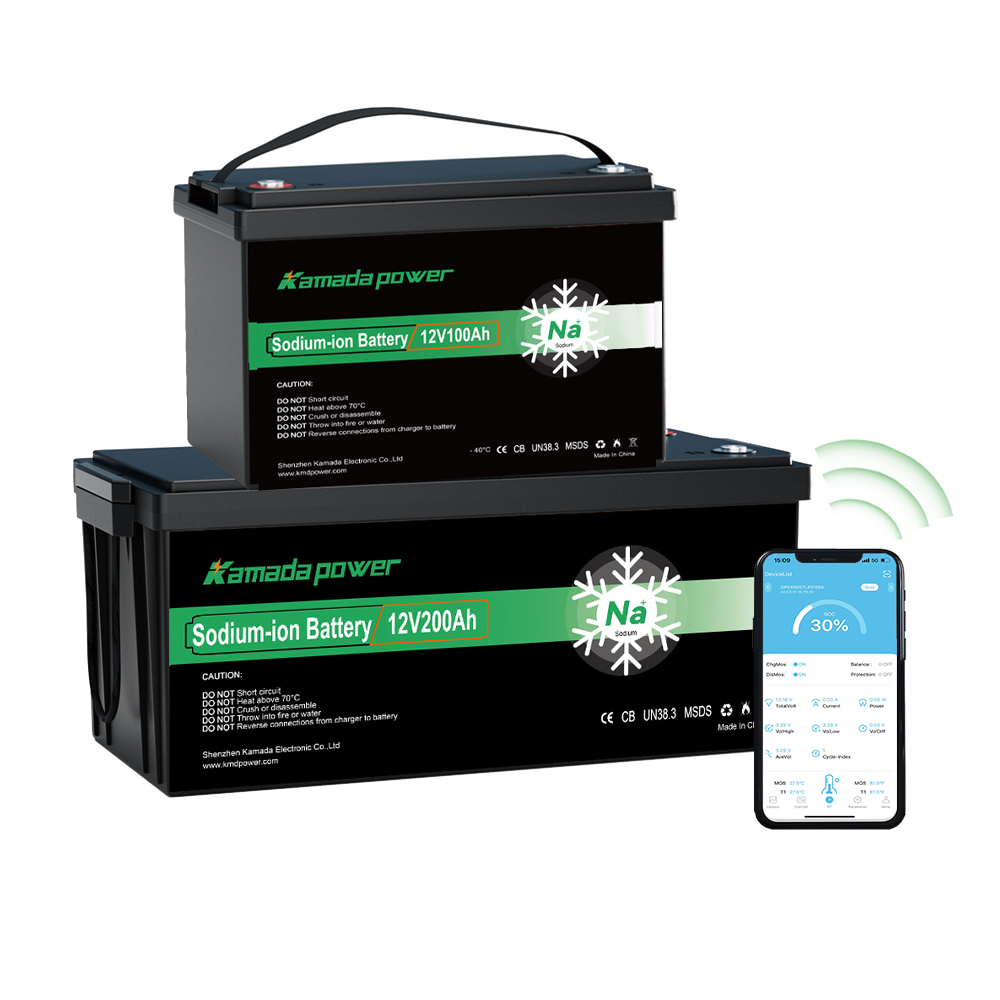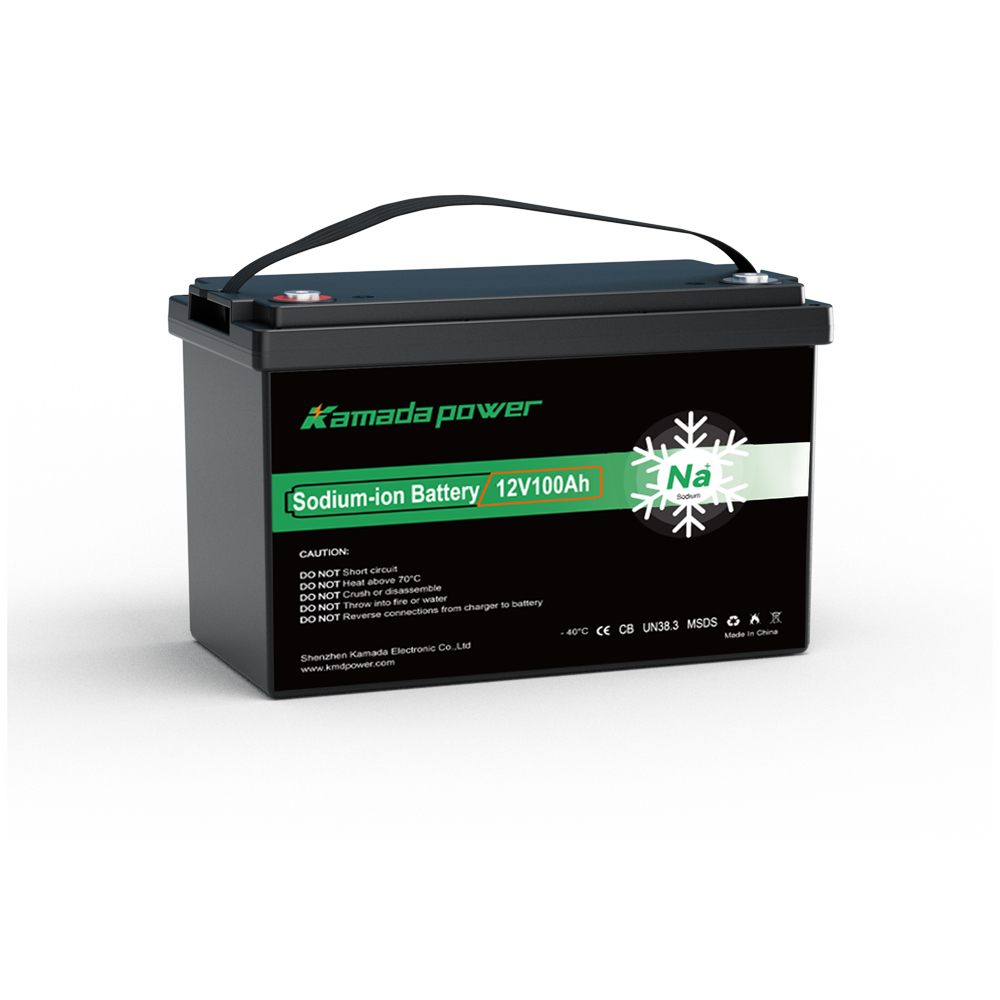Innledning
A reliable battery on a boat does more than just start the engine—it powers essential systems like GPS, radios, lighting, and bilge pumps. For boat builders, distributors, and fleet managers, selecting the right 12v marine battery, beginning with the correct BCI Group Size, is crucial for ensuring long-term performance and safety.
This guide explains what BCI Group Size means, how it affects real-world boat applications, and which battery types—whether starting, deep cycle, or dual-purpose—are best suited for your marine power needs. Whether you’re sourcing custom lithium marine batteries or stocking up for various boat models, this resource is designed to help you make confident decisions.
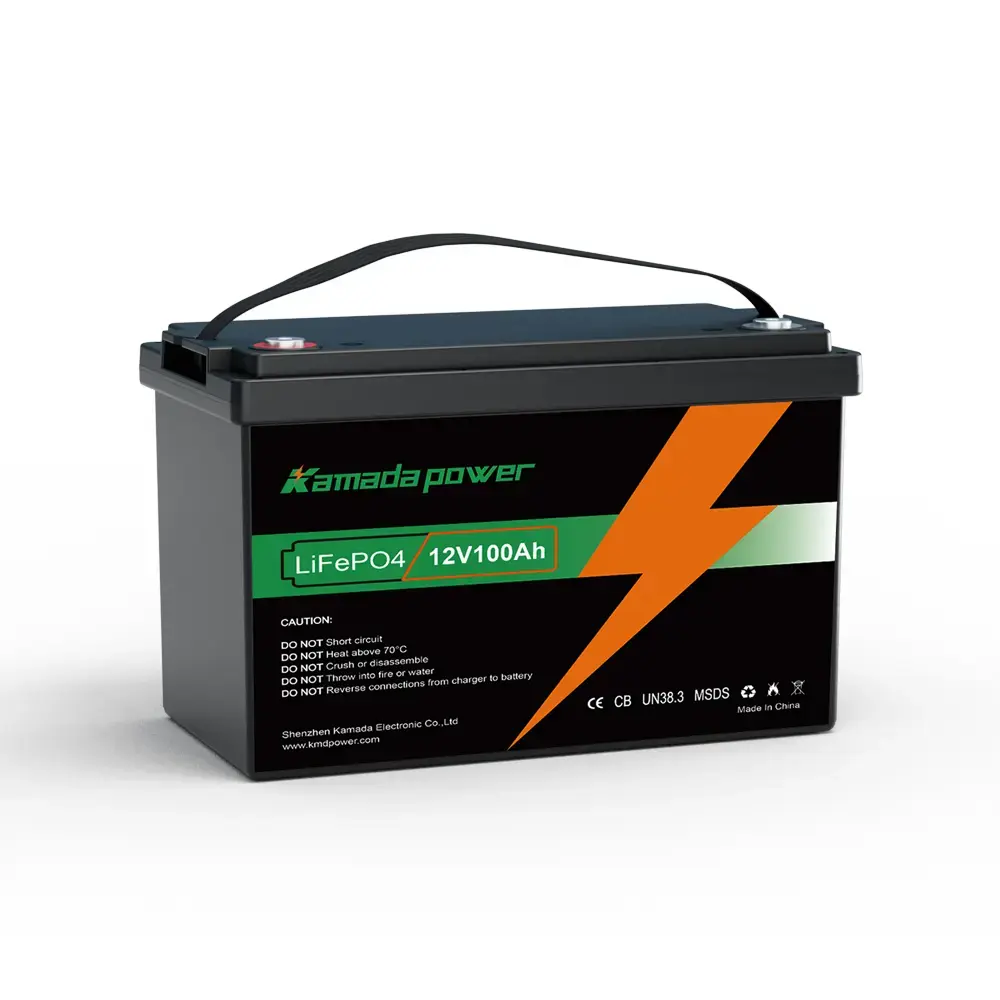
Marine Battery Group Size Chart
| BCI Group | Typiske bruksområder | Spenning (V) | Size (L×W×H, in) | Cold Cranking Amps (CCA) | Reserve Capacity (RC) | Amp-Hours (Ah) | Merknader |
|---|---|---|---|---|---|---|---|
| Group 24 | Small boats, outboard starters | 12V | 10.25 × 6.8125 × 8.875 | 400–600 | 120–150 | 70–85 | Common for light-duty starting |
| Group 27 | Mid-size boats, dual-engine use | 12V | 12.0625 × 6.8125 × 8.875 | 600–800 | 150–180 | 85–105 | High capacity, dual-purpose ready |
| Group 31 | Large boats, deep-cycle storage | 12V | 13 × 6.8125 × 9.4375 | 800–1000 | 180–220 | 95–125 | Ideal for long-term discharge |
| Group 4D | Commercial vessels, large yachts | 12V | 20.75 × 8.75 × 9.875 | 900–1200 | 200–300 | 180–220 | Heavy-duty, high-capacity battery |
| Group 8D | Extra-large vessels, off-grid | 12V | 20.75 × 11 × 9.875 | 1000–1500 | 300–400 | 225–300 | Ultra-high capacity, industrial use |
| Group 34 | Speedboats, high-performance use | 12V | 10.25 × 6.8125 × 7.875 | 500–700 | 120–140 | 55–65 | Compact with high CCA output |
Key Specification Definitions
- Cold Cranking Amps (CCA): Indicates a battery’s ability to start an engine in cold temperatures—measured at 0°F for 30 seconds.
- Reserve Capacity (RC): The number of minutes a battery can deliver 25 amps before dropping below 10.5 volts.
- Amp-Hours (Ah): The total energy storage, typically measured at a 20-hour discharge rate.
BCI Group Size Selection Recommendations
- Starting Batteries: Prioritize high CCA options like Group 24, 27, or 34.
- Deep Cycle Batteries: Choose high RC/Ah models such as Group 27, 31, or 4D for trolling motors and onboard electronics.
- Dual Purpose Batteries: Group 27 or 31 offer a solid balance between starting power and moderate deep cycling.
- Physical Fit: Always measure your battery compartment to ensure proper installation.
Marine Battery Comparison Table
| Category | Starting Battery | Deep Cycle Battery | Dual Purpose Battery |
|---|---|---|---|
| Main Purpose | Delivers a quick burst of power to start engines | Designed for steady, long-term power use | Handles both engine starting and moderate power needs |
| Common Use | Outboard motors, main engine start | Trolling motors, GPS, lights, and electronics | Small to mid-size boats needing both functions |
| Design | Thin plates for quick energy release | Thick plates for deep discharge and longer cycles | Medium-thick plates to balance both needs |
| Key Ratings | Høy CCA (Cold Cranking Amps), like 600–1500A | Høy RC (Reserve Capacity) and Ah, like 180–300Ah | Mid-range CCA (500–800A) and RC (150–200Ah) |
| Charge/Discharge | High power for short bursts, not for deep use | Can discharge 50–80% of capacity, ideal for deep cycling | Can handle repeated moderate discharges (~50%) |
| Common BCI Groups | Group 24, Group 34 (compact sizes) | Group 31, Group 4D (higher capacity) | Group 27, Group 31 (balanced use) |
| Batteritype | Mostly flooded lead-acid or AGM | AGM, Gel, or LiFePO4 (for durability and long life) | AGM or enhanced lead-acid (cost-effective blend) |
| Lifespan & Care | Shorter life (3–5 years), needs fluid checks | Longer life (5–8 years), AGM/Gel are maintenance-free | Moderate life (4–6 years), low maintenance |
| Popular Models | VARTA (high CCA), Sail (cold weather) | ENDUROLINE EXV115 (AGM), BYD LiFePO4 | Camel (weather-tough), ENDUROLINE Group 27 |
| Fordeler | Strong cranking power, quick engine starts | Long cycle life, reliable for steady power | Saves space and cost with combo use |
| Ulemper | Damaged by deep discharge, limited capacity | Higher cost, larger and heavier | Not ideal for heavy-duty or extreme power needs |
Key Specification Definitions
- Technical Differences
- CCA (Cold Cranking Amps): Starting batteries have higher CCA (up to 1500A in Group 8D), while deep cycle batteries focus on RC (up to 300 mins in Group 4D).
- Discharge Rate: Starting batteries are for short bursts (like 5C rate), deep cycle batteries use a slower 20-hour rate.
- Toughness in Harsh Conditions
- Deep cycle batteries often use AGM or Gel, which are spill-proof and vibration-resistant—great for marine use.
- LiFePO4 batteries are rising in popularity for large boats due to high energy, long life, and low maintenance.
BCI GROUP Size Selection Recommendations
- Small Boats: Dual purpose batteries (like Group 27) offer great value.
- Large Boats: Use one starting battery (Group 31) and separate deep cycle battery (Group 4D or 8D).
- Rough or Extreme Use: Go with AGM or LiFePO4 for corrosion resistance and no maintenance.
Marine Boat Type vs. Recommended BCI Group Size
| Boat Type | Main Use | Recommended BCI Group Size | Recommended Battery Type | Merknader |
|---|---|---|---|---|
| Small Fishing Boats (Jon Boat, Kayak w/ Trolling Motor) | Trolling motor, fish finder | Group U1, Group 22NF | Deep Cycle Battery | Compact size fits tight spaces. |
| Bass Boats (Outboard Motor) | Engine start + trolling motor + sonar | Start: Group 24 / Group 27Motor: Group 31 | Starting + Deep Cycle / Dual Use | Separate batteries are more reliable; dual-use is also an option. |
| Ski Boats / Speed Boats | Engine start, onboard electronics | Group 24 / Group 27 | Starting or Dual Purpose Battery | High CCA starting battery recommended for quick engine starts. |
| Cabin Cruisers | Engine start + cabin lights/appliances | Start: Group 27House: Group 31, 4D | Starting + Deep Cycle | Usually has 2+ batteries; one for starting, one for house loads. |
| Sailboats | Navigation, lighting, cabin appliances | Group 27 / Group 31 / 4D / 8D | Deep Cycle Battery | Focus on storage capacity and durability. |
| Catamarans / Yachts | Heavy household loads + multiple engines | Start: Group 31House: 4D, 8D | Starting + Deep Cycle | Needs multiple battery banks for inverter, A/C, nav systems, etc. |
| Offshore Fishing Boats | Start + sonar + livewell pump | Start: Group 31House: Group 27 / 31 | Starting + Deep Cycle | Look for vibration-resistant and corrosion-proof battery casings. |
| Workboats (Tug, Pilot, Utility Boats) | Powering industrial/high-load equipment | 4D / 8D / GC2 (Golf Cart Size) | Deep Cycle Battery | Prioritize industrial-grade durability and deep cycling performance. |
| Houseboats | Cabin power (lights, fridge, TV, etc.) | Group 31 / 4D / 8D / GC2 | Deep Cycle Battery | Use multiple batteries in series/parallel for higher capacity. |
BCI Group Size Selection Recommendations
- Group U1 / 22NF / 24 / 27 / 31 / 4D / 8D are BCI group sizes—bigger group numbers usually mean more power and larger size.
- GC2 is a common golf cart battery size, also great for deep cycle marine use.
- For boats in rough, wet, or salty conditions, AGM or LiFePO4 (lithium iron phosphate) batteries are highly recommended.
- It’s best to use separate batteries for starting and house power to improve reliability and backup power.
Power Demand Calculation & Matching BCI Group Size
To choose the right battery capacity (Ah) and BCI Group Size for your boat, follow these steps:
1. Calculate Required Amp-Hour (Ah) Capacity
| Trinn | Beskrivelse | Eksempel |
|---|---|---|
| 1 | List all onboard electrical devices | Navigation lights, fish finder, trolling motor, refrigerator, etc. |
| 2 | Note the power (W) or current draw (A) for each device | Refrigerator: 60W, Fish finder: 1.5A, Lights: 2A |
| 3 | Estimate daily usage time (hours) | Refrigerator: 8 hrs/day, Fish finder: 4 hrs/day |
| 4 | Calculate daily consumption = A × hours | Fish finder: 1.5A × 4h = 6Ah |
| 5 | Add 20–30% extra capacity for safety margin | If total demand = 80Ah, plan for ~100Ah capacity |
| 6 | Consider Depth of Discharge (DOD) limits Lead-acid: DOD = 50% Lithium: DOD = 80–90% | For 100Ah usable with lead-acid, install 200Ah capacity |
2. Match with a BCI Group Size
| BCI Group Size | Batteritype | Typical Capacity (Ah) @ 20Hr | Recommended Use Cases |
|---|---|---|---|
| Group U1 | AGM / LiFePO4 | 35–40 Ah | Small boats, low-power or short-duration use |
| Group 24 | AGM / LiFePO4 | 70–85 Ah | Starting batteries, small cabin electronics |
| Group 27 | AGM / LiFePO4 | 90–105 Ah | Medium fishing boats, navigation equipment, lighting |
| Group 31 | AGM / LiFePO4 | 100–125 Ah | Trolling motors, refrigerators, general onboard power |
| Group 4D | AGM / LiFePO4 | 150–200 Ah | Multi-day cruising, heavy-duty house power |
| Group 8D | AGM / LiFePO4 | 200–255 Ah | Large yachts, A/C units, inverters, high-load applications |
| GC2 (6V) | AGM / LiFePO4 | 200–225 Ah @ 6V | Common in deep cycle systems (used in series) |
3. Example: Power Calculation for a Medium-Sized Fishing Boat (Assuming a 12V System)
| Enhet | Strømforbruk (A) | Usage Time (hrs/day) | Daily Consumption (Ah) |
|---|---|---|---|
| Fish Finder | 1.5 | 4 | 6 |
| Navigation Lights | 2 | 3 | 6 |
| Livewell Pump | 3 | 2 | 6 |
| Refrigerator (60W@12V) | 5 | 8 | 40 |
| Cabin Lighting | 1 | 4 | 4 |
| Total | — | — | 62Ah |
Recommended Battery Setup (Using Lithium, 80% DOD):
- Required Capacity = 62Ah ÷ 0.8 = 77.5Ah
- Suggested Configuration: 100Ah Lithium Battery (Group 27 or Group 31)
4. Matching Daily Power Needs with BCI Group Size
| Daily Power Needs (Ah) | Suggested Battery Capacity | Recommended Battery Type | Recommended BCI Group Size |
|---|---|---|---|
| 30–50Ah | 60–80Ah | AGM / LiFePO₄ | Group 24 |
| 60–90Ah | 100–120Ah | AGM / LiFePO₄ | Group 27 / Group 31 |
| 100–150Ah | 150–200Ah | AGM / LiFePO₄ | Group 31 / Group 4D |
| 160–250Ah | 200–300Ah | AGM / LiFePO₄ | Group 4D / Group 8D / GC2 Series |
Marine Battery Care & Maintenance Basics
Your boat’s battery is like the heart of your power system. Taking care of it helps avoid trouble on the water and keeps everything running safely. Here are some simple but important tips to follow:
1. Keep It Clean and Dry
- Pro Tip: Check your battery at least once a month—or before and after every trip. Wipe it down with a clean cloth to remove dirt, water, or acid, especially in saltwater areas. Salt can cause corrosion and speed up battery drain.
- Quick Tip: If you see white or greenish buildup on the terminals (called corrosion), mix a little baking soda and water (like toothpaste) and scrub gently with a non-metal brush. Rinse with clean water and dry completely. Be careful not to let the solution get inside the battery, especially if it has fill caps.
2. Check and Tighten Connections
- Pro Tip: Boats vibrate a lot, and that can loosen the cables. Loose connections can cause heat, poor charging, low voltage—or even melted parts! Check cables often and gently wiggle them to make sure they’re tight.
- Quick Tip: After cleaning, make sure cables are snug but don’t overtighten. You can add a thin layer of battery terminal grease or petroleum jelly to stop moisture and air from causing corrosion again.
3. Check Fluid Levels (For Flooded Lead-Acid Batteries Only)
- Pro Tip: If your battery has removable caps, check the water level every month (or more often in hot weather or with frequent use). The fluid should always cover the battery plates by about 1/4 to 1/2 inch.
- Quick Tip: Only use distilled or deionized water—never tap water or acid! It’s best to top off after charging (because levels rise when charging). If the plates are dry, add just enough water to cover them, then adjust to the correct level after charging. Don’t overfill—overflowing acid can damage parts nearby.
4. Charge Properly
- Pro Tip:
- Use a marine-grade smart charger that matches your battery type (flooded, AGM, gel, or lithium).
- Avoid deep discharging—especially with starting batteries. For lead-acid, keep depth of discharge under 50%.
- Always recharge batteries fully after use to prevent damage.
- If you have flooded batteries, consider an “equalization charge” once or twice a year (if your charger and battery brand allow it) to keep cells balanced and prevent sulfate buildup.
- Quick Tip: Install a battery monitor or simple voltmeter. A full 12V lead-acid battery should show 12.7V or more at rest.
5. Prevent Parasitic Drain
- Pro Tip: Even when your boat is off, small devices like clocks, radios, or bilge pump float switches can slowly drain power.
- Quick Tip: If you’re not using your boat for a while, disconnect the negative battery cable or use a main battery switch to shut off all power.
6. Store It Right in the Off-Season
- Pro Tip:
- Fully charge the battery before storage. A charged battery handles cold better and resists sulfation.
- Disconnect all connections.
- Clean the battery thoroughly.
- Store it in a cool, dry place—away from extreme heat or freezing temps.
- Check the voltage monthly. Use a smart charger or float charger to maintain charge.
- Quick Tip: If you can, take the battery home and keep it in a garage where it’s easier to check and charge during winter.
7. Put Safety First
- Pro Tip: Always wear safety glasses and acid-resistant gloves when working with batteries. Lead-acid batteries contain sulfuric acid and give off flammable hydrogen gas when charging.
- Quick Tip: Make sure your battery box has good airflow—especially while charging. Stay away from flames or sparks. When disconnecting, always remove the negative (-) cable first. When reconnecting, do the positive (+) cable first. Batteries are heavy, so lift with care.
8. Test It Regularly
- Pro Tip: Besides checking voltage, do a professional load test or use a hydrometer (for flooded batteries) once a year to check battery health and capacity.
- Quick Tip: If your battery is cranking slowly, not lasting long, or needs frequent refilling, it may be time to test—or replace—it.
A marine battery isn’t just a power source—it’s your safety net on the water. With the right care, your battery can last 3–6 years or more. A little routine maintenance now can save you from big problems later. Don’t wait until you’re stuck with a dead battery miles from shore.
VANLIGE SPØRSMÅL
1. What is the BCI group size of a battery?
Den BCI group size refers to the standardized dimensions and terminal placements for automotive and marine batteries, as set by the Battery Council International (BCI). This size ensures that the battery fits properly in the designated battery tray and that the terminal positions match the vehicle’s electrical connections. The group size is a key factor in selecting the right battery for your car, boat, or other applications.
2. What size is a BCI Group 25?
A BCI Group 25 battery typically has dimensions of 8.6 inches in length, 6.9 inches in width, og 8.7 inches in height. It is commonly used in various cars, including mid-size sedans, minivans, and some light trucks. The Group 25 battery provides a good balance of power and size, making it suitable for vehicles with standard electrical needs.
3. What size is a 49 BCI group?
A BCI Group 49 battery is generally larger, with dimensions of 13 inches in length, 6.9 inches in width, og 8.9 inches in height. This size is commonly found in European cars, luxury vehicles, and high-performance models that require more power and capacity. It provides a higher cold cranking amp (CCA) rating for better starting power in colder climates.
4. How do I know my battery group size?
To find your battery group size, you can check the vehicle’s owner’s manual, look for a label on the existing battery, or measure the dimensions of the battery compartment where the battery sits. The group size is usually printed on the battery’s label and can also be cross-referenced with an online battery size guide for your specific vehicle or application.
5. Battery group size meaning
Den battery group size is a classification system used to identify the physical dimensions, terminal placement, and electrical ratings of a battery. It ensures that the battery fits properly in the designated battery compartment and can provide the necessary power for the vehicle or equipment it powers. Different vehicles and devices have different requirements for group sizes based on their power needs and design constraints.
Konklusjon
Choosing the right marine battery goes beyond voltage and capacity. It’s just as important to evaluate cold cranking amps (CCA), reserve capacity (RC), discharge performance, and available installation space. Whether you’re outfitting compact fishing vessels or large multi-engine yachts, selecting the right mix of starting, deep cycle, or dual-purpose batteries ensures reliable onboard power and efficient operations.
As lithium technologies like LiFePO4 continue to evolve, marine batteries are becoming smarter, lighter, and more efficient—reshaping the way the industry powers boats.
Kamada Power a professional china marine lithium battery manufacturer offering custom marine battery solutions—from 12V to 24V, starting to deep cycle applications. Our batteries are engineered for durability, safety, and performance in harsh marine environments. We support OEM/ODM projects and tailor solutions to your specifications, whether for product lines, distribution channels, or complete vessel integration.
Kontakt Kamada Power today to discuss your project or request a quote. Let’s power your marine success together.


